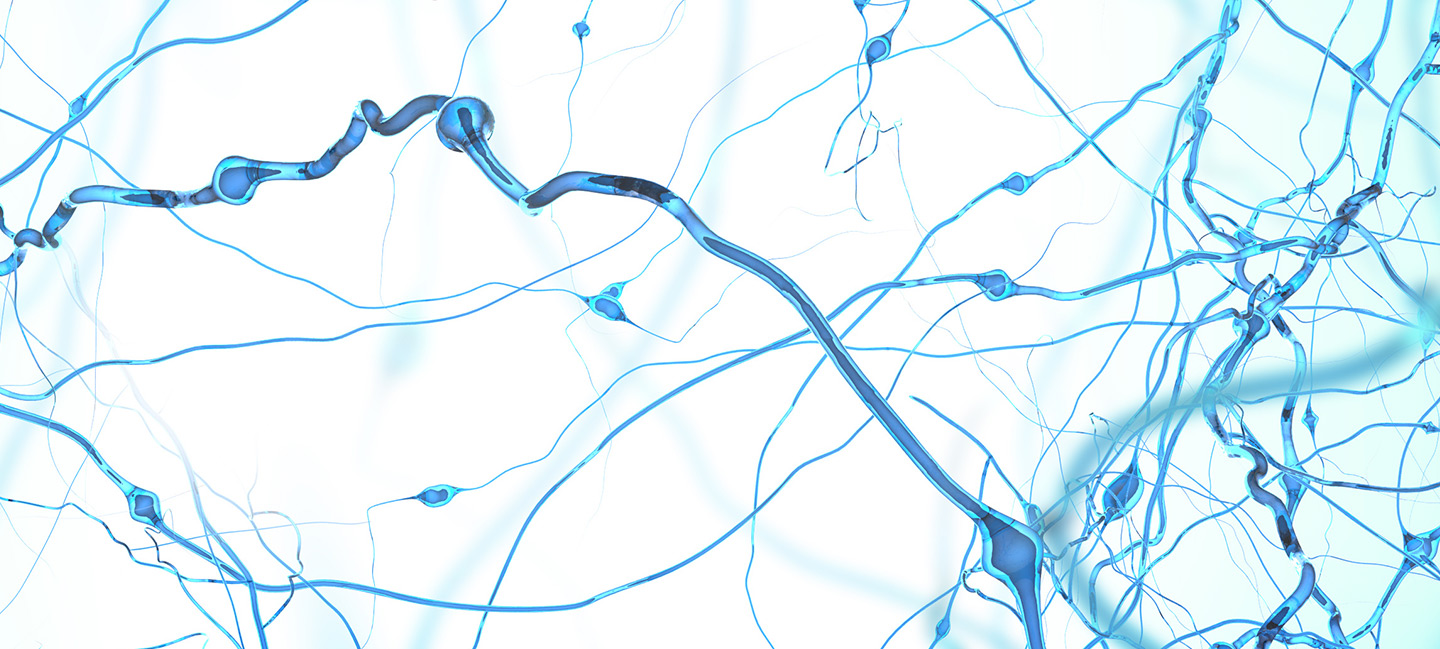Researchers Trace Anxiety Control to Specific Brain Region
Researchers Trace Anxiety Control to Specific Brain Region

In animal research reported in the November 12 issue of the journal Nature, scientists have identified a specific region of the brain that helps regulate behaviors and physiological changes associated with anxiety. Cells in this area, known as the basomedial amygdala, differentiate between safe and potentially threatening environments, and work together to suppress anxiety when conditions seem safe.
Better understanding of how the brain regulates fear and anxiety is likely to help researchers develop more effective treatments for anxiety disorders.
The new work was conducted in the lab of BBRF Scientific Council member and 2005, 2007 NARSAD Young Investigator Karl Deisseroth, M.D., Ph.D., a Howard Hughes Medical Institute investigator at Stanford University. Avishek Adhikari, Ph.D., a NARSAD 2014 Young Investigator, led the work together with Talia Lerner, Ph.D., and Joel Finkelstein.
In their study, the scientists examined connections between the brain's medial prefrontal cortex and the amygdala, regions known to be involved in regulating fear and anxiety. Connections between these regions have been found to be disrupted in people with anxiety disorders.
Using powerful technologies, the team traced connections in the mouse brain from the medial prefrontal cortex to a specific part of the amygdala, its basomedial region, and showed that artificially activating these connections reduced anxiety-related behaviors in the mice. When the connections were switched on by the experimenters – using a method Dr. Deisseroth and colleagues invented called optogenetics -- the animals were more likely to explore open spaces. What's more, the increase in breathing rate usually associated with anxiety was not seen, even when the animals were in an exposed environment, which mice usually perceive as threatening.
The opposite effects were seen when the researchers experimentally inhibited the same connections: mice exhibited signs of anxiety even in a safe and familiar environment.
Many of the cells in the basomedial amygdala fire more actively when a mouse is in a safe environment, suggesting that these cells differentiate between safety and potential threats.
The scientists further showed that connections between the medial prefrontal cortex and the basomedial amygdala are important for extinguishing learned fears – that is, learning through experience to dissociate a feared stimulus from expectation of a negative outcome. Mice that had been trained to fear an auditory tone overcame these fears more quickly when the researchers artificially stimulated medial prefrontal cortex-basomedial amygdala connections.



